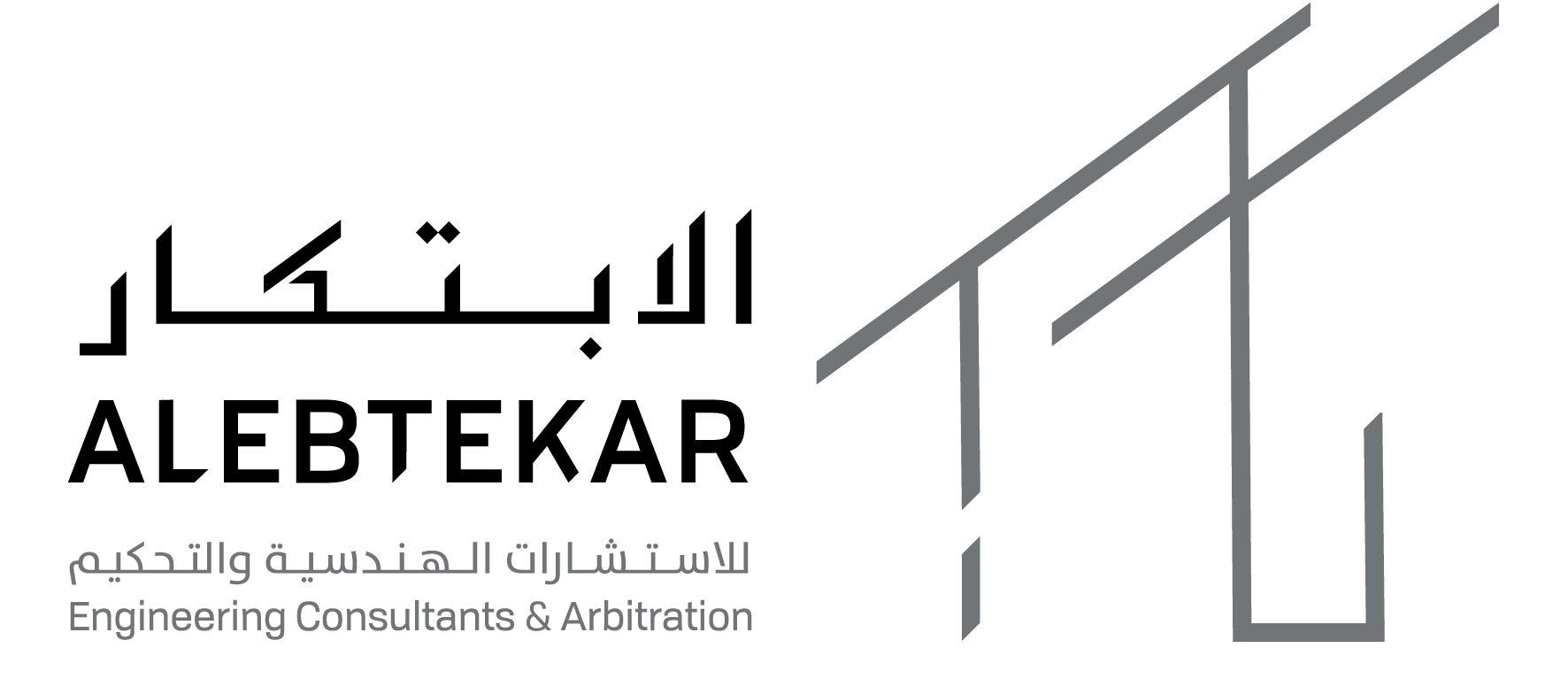Steps for a Successful Interior Design: From Concept to Execution in Riyadh
Successful interior design requires careful planning, creativity, and execution. In Riyadh, homeowners and businesses seek interiors that are stylish, functional, and reflective of their personal taste. This guide outlines the key steps for achieving a successful interior design project from initial concept to final execution.
Step 1: Understanding Client Needs and Goals
Every successful project begins with understanding the client’s requirements, lifestyle, and expectations:
- Identify the purpose of each room or space.
- Discuss preferred styles, colors, and materials.
- Consider budget, timeline, and functional requirements.
- Gather inspiration from previous projects or trends.
Step 2: Space Planning and Layout
Effective space planning ensures functionality and aesthetic appeal:
- Create a floor plan considering movement, accessibility, and furniture placement.
- Determine zones for different activities in open spaces.
- Ensure optimal use of natural light and ventilation.
- Plan for storage and utility spaces to reduce clutter.
Step 3: Concept Development
Developing a concept defines the overall theme and design direction:
- Choose a style: modern, contemporary, classic, or eclectic.
- Select a color palette that complements the client’s vision.
- Determine key design elements such as furniture, lighting, and textures.
- Create mood boards or 3D visualizations for approval.
Step 4: Material Selection
Materials affect aesthetics, durability, and maintenance:
- Flooring: wood, tiles, or marble depending on the function and style.
- Wall finishes: paint, wallpaper, or textured panels.
- Furniture materials: solid wood, metal, glass, or upholstery fabrics.
- Lighting fixtures and accessories that enhance the overall design.
Step 5: Budget Planning and Procurement
Managing costs ensures the project stays on track:
- Prepare a detailed budget for materials, labor, and unforeseen expenses.
- Source reliable suppliers and vendors for quality products.
- Negotiate contracts and delivery schedules.
- Monitor expenses throughout the project to avoid overspending.
Step 6: Implementation and Construction
Execution requires coordination between designers, contractors, and clients:
- Coordinate construction and installation teams to follow the design plan.
- Ensure quality control at every stage of implementation.
- Address on-site challenges promptly to maintain timelines.
- Communicate regularly with clients for feedback and approvals.
Step 7: Interior Decoration and Styling
The final touches bring the design to life:
- Add furniture, rugs, and accessories according to the concept.
- Incorporate artwork, plants, and decorative items for character.
- Adjust lighting to highlight key areas and create ambiance.
- Ensure coherence between all elements for a harmonious interior.
Step 8: Quality Check and Final Review
A thorough review guarantees a polished result:
- Inspect all installations for safety, accuracy, and quality.
- Test lighting, plumbing, and electrical systems.
- Ensure furniture and decor are positioned correctly.
- Collect client feedback and make necessary adjustments.
Step 9: Client Handover and Maintenance Guidance
After completion, provide guidance for long-term maintenance:
- Explain care instructions for materials, furniture, and finishes.
- Provide a maintenance schedule for flooring, walls, and fixtures.
- Offer contact information for support or warranty claims.
- Ensure the client feels confident and satisfied with the final design.
Step 10: Learning and Continuous Improvement
Each project offers insights for future designs:
- Analyze what worked well and what can be improved.
- Update design processes based on lessons learned.
- Keep up with emerging trends and technologies in Riyadh interior design.
- Share knowledge within design teams to enhance future projects.
Conclusion: From Concept to Realized Interior
Successful interior design in Riyadh requires a structured approach: understanding client needs, planning space effectively, developing a clear concept, selecting quality materials, managing budgets, executing construction, and styling with attention to detail. Following these steps ensures a home or commercial space that is stylish, functional, and uniquely tailored to the client.
Begin Your Interior Design Journey in Riyadh
Partner with a professional interior design office to implement these steps efficiently. With expert guidance, your design project can achieve a seamless transition from concept to completed space, ensuring a beautiful, functional, and inspiring environment.
Contact Al Ebtekar Engineering Consultancy Now





